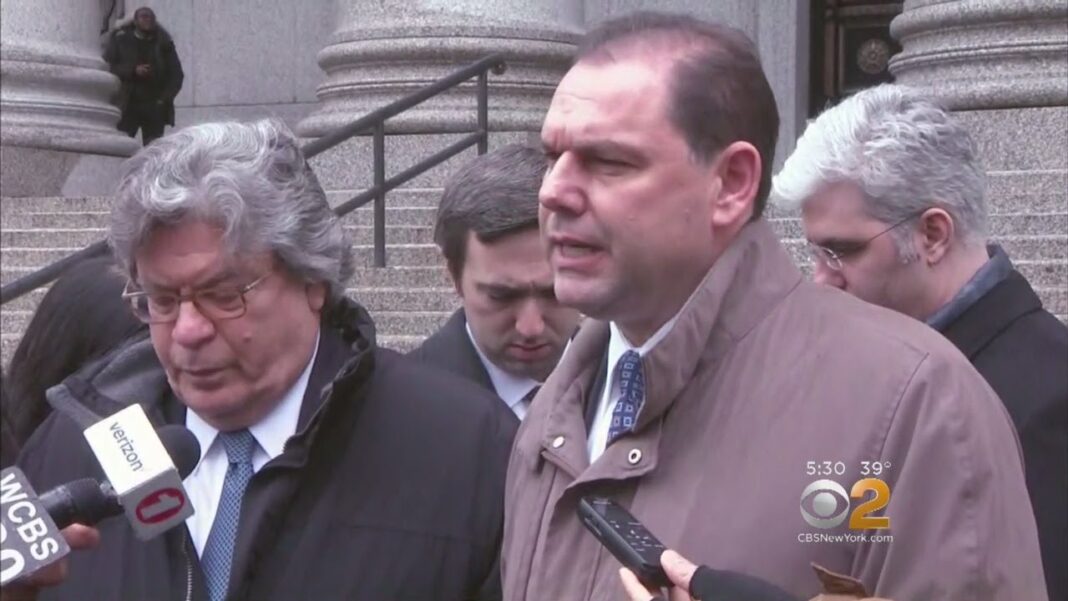Despite the establishment media’s fact-free description of the current Supreme Court as “conservative,” it really isn’t. But its decisions during the term just ended show that it’s no longer liberal.
A year ago—on July 4, 2021—The Epoch Times published my column assessing the court’s performance during the term just ended. I pointed out that its decisions didn’t support the common view that the bench consisted of a 6–3 conservative majority. I noted that although six members of the panel adhered to various mixtures of originalism and respect for precedent, none was a conservative activist in the sense that the other three members (Breyer, Kagan, and Sotomayor) were liberal activists. The court’s last true conservative activist was James McReynolds, who retired in 1941.
My column showed that the court’s major pronouncements during the previous term mostly stuck to the pattern created by “progressive” majorities from about 1940 to about 1990. That pattern had three components:
- Liberal activist courts refused to respect limits in the federal government’s enumerated powers. They manufactured excuses not to interfere when Congress and the executive branch meddled in all sorts of activities outside their constitutional jurisdiction.
- While giving the feds free rein, the 20th-century liberal majorities manipulated the 14th Amendment to void state laws they didn’t like. Liberal jurists invented a series of extra-constitutional “balancing tests” for this purpose.
- They also attacked traditional culture and promoted dependency. They ordered states to grant financial benefits to people who hadn’t earned them. They forced states to shift to a nearly hostile stance toward religion. They voided or rewrote long-standing policies on land use, domestic relations, pornography, abortion, legislative apportionment, and criminal law. They even helped break down traditional rules of sexual behavior. They invented balancing tests to promote these purposes as well.
After surveying the cases last year, I concluded, “All three [liberal] patterns appear in the constitutional cases decided this term. Indeed, the Roberts court is proving to be more ‘progressive’ than the Rehnquist court of the 1990s and early 2000s.”
By Rob Natelson









